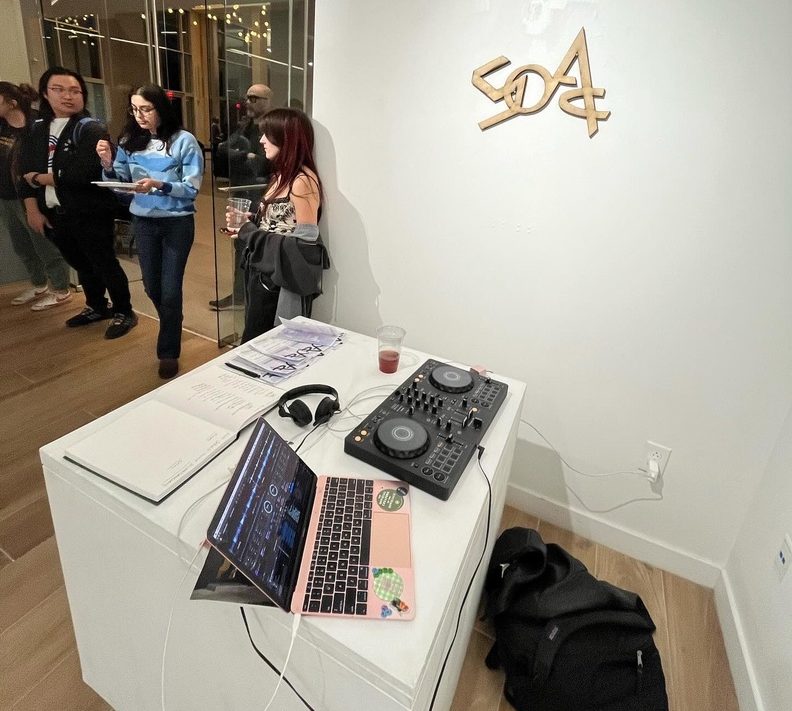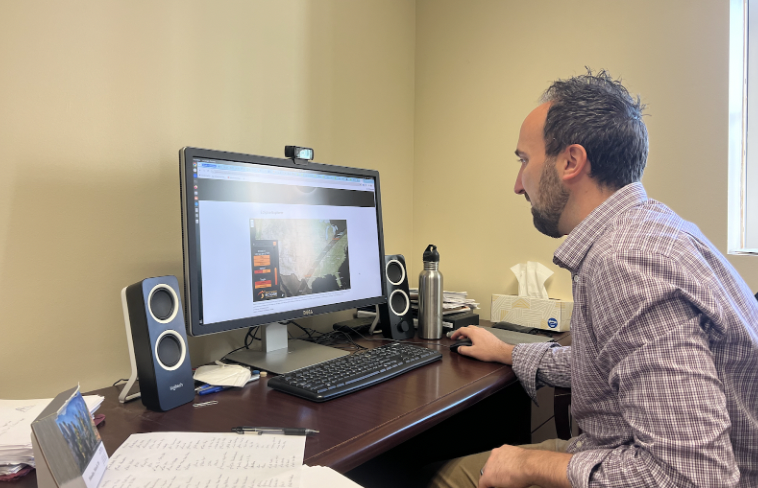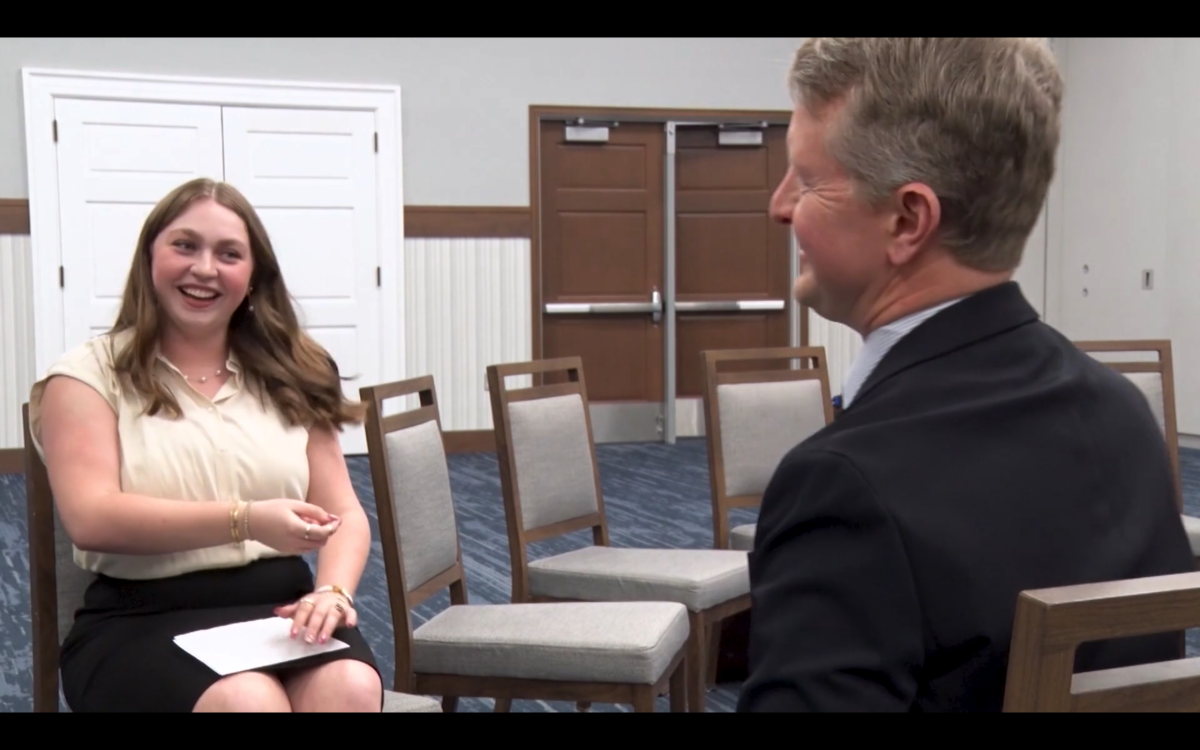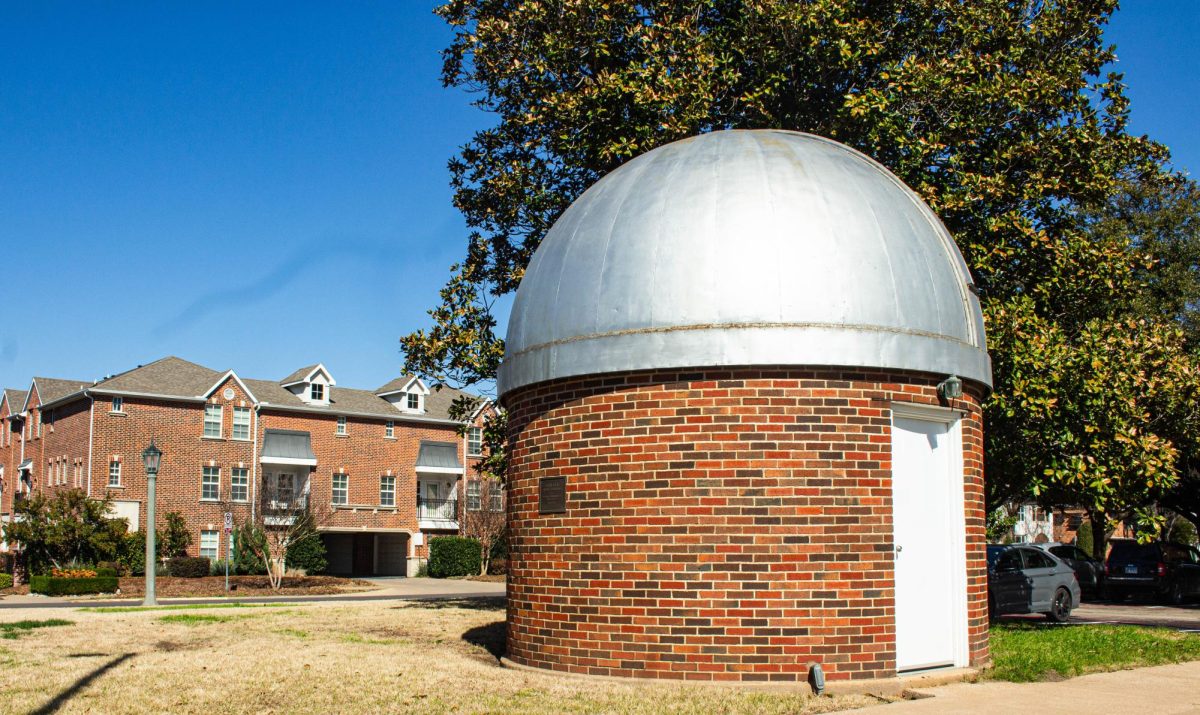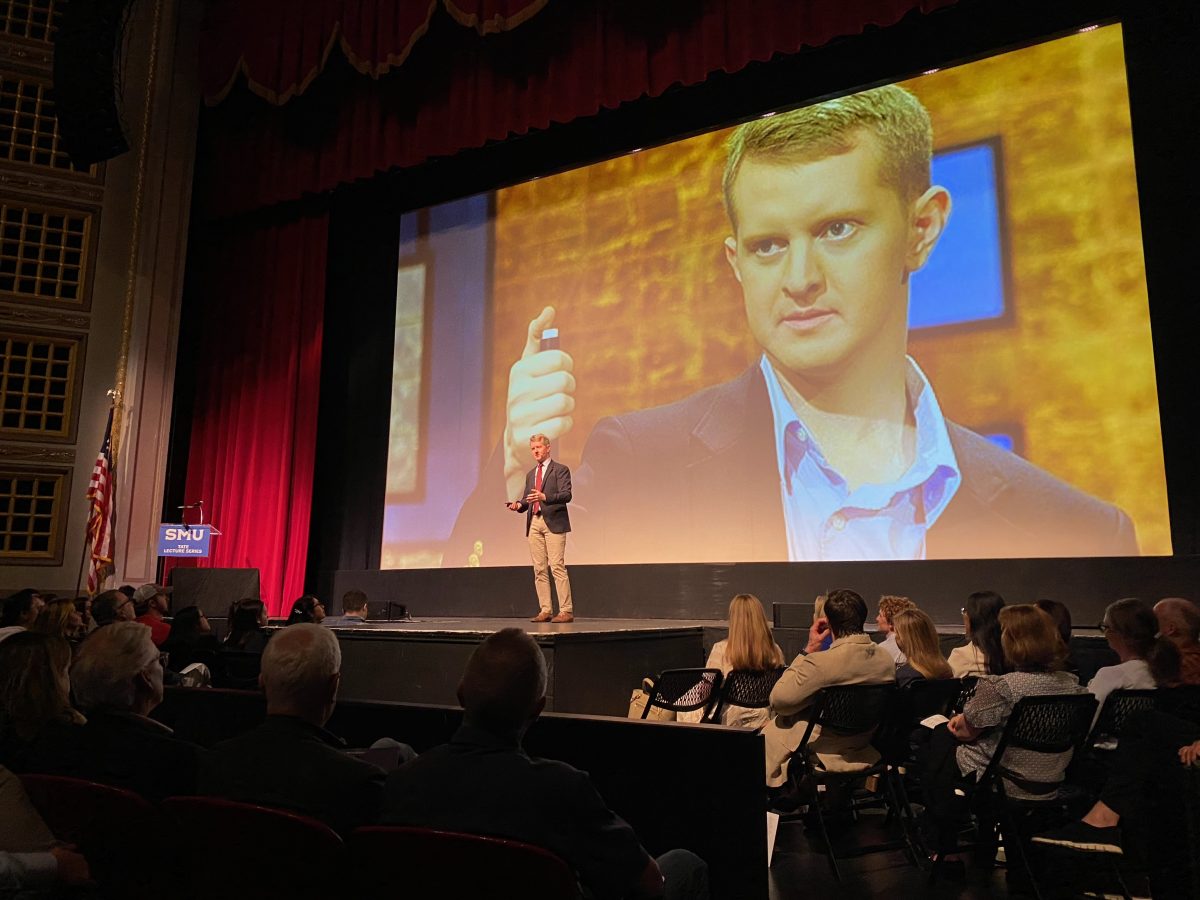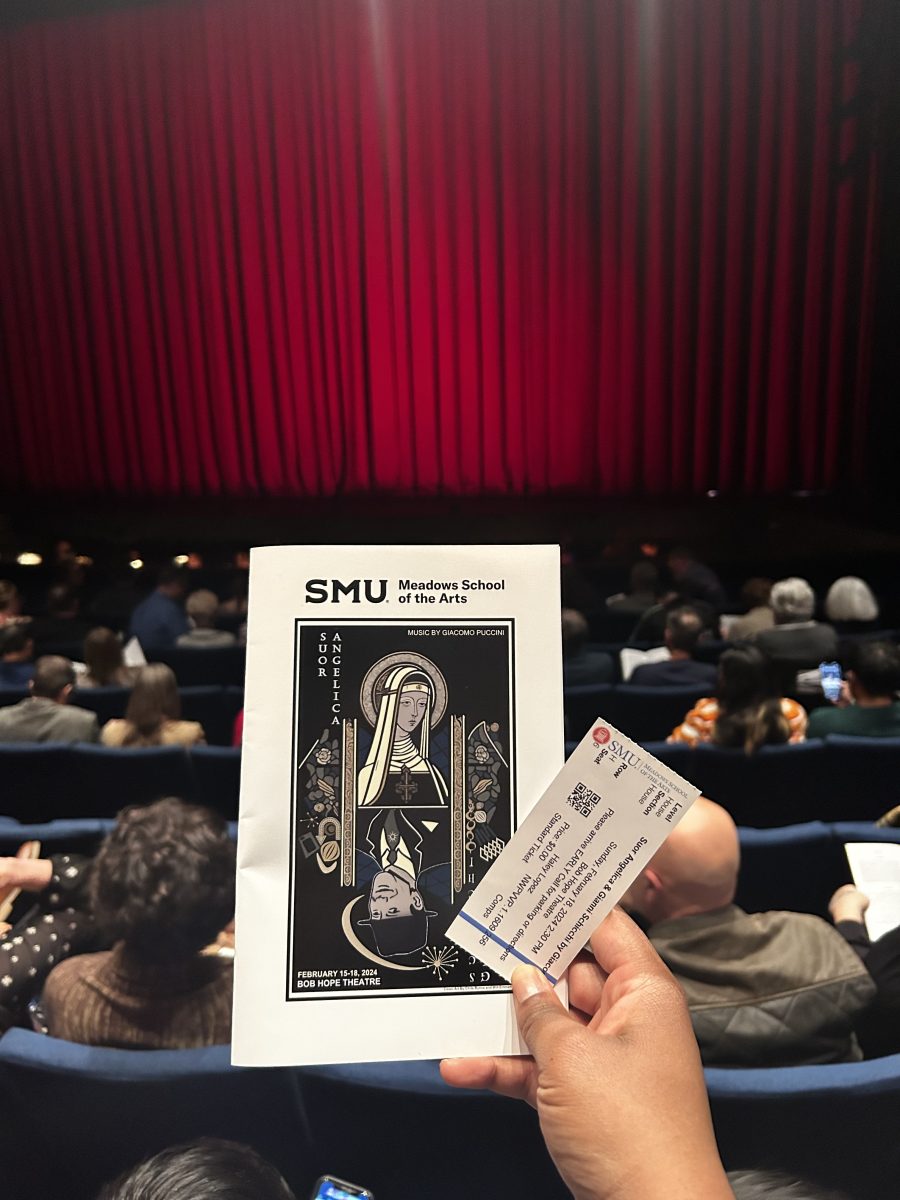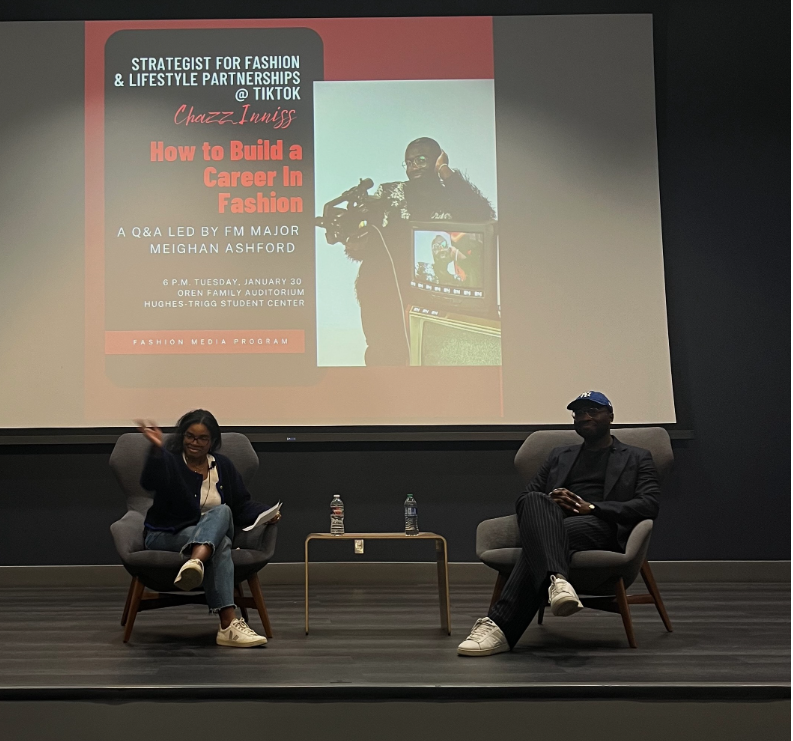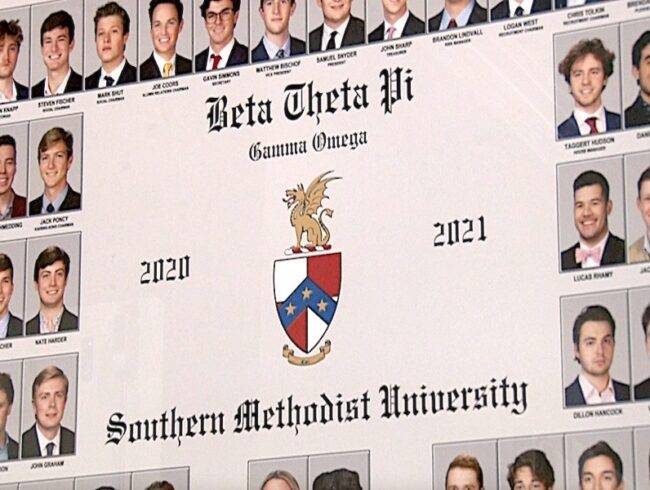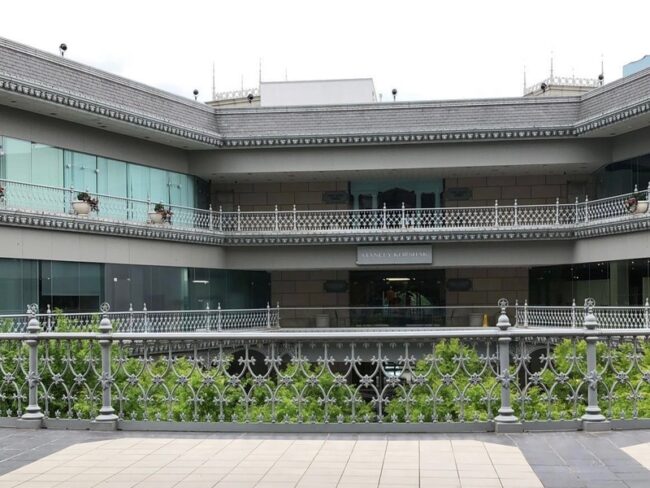Editor’s Note: This story was originally written in February 2021.
Shelby Green loosened the pins from her bun, her newly freed curls shining in the Friday afternoon sun.
The warm scent of freshly baked pita wafted through the air, begging to be dipped in homemade hummus from the vendor next door.
Customers cradled fresh veggies and fruits in their hands, asking prices in English or Hebrew.
The popular Israeli market, known as the Shuk, was just one reminder of why Green said yes to study abroad.
Green, a former SMU student, was spending the second semester of her sophomore year at Hebrew University in Jerusalem, Israel. Green was the only SMU student there, and she was one of the few Americans in the program.
SMU’s recent cancellation of abroad programs encouraged Green to reflect on her unique experience in the Holy Land.
A new language.
An unfamiliar country.
A global pandemic.
All alone.
However, these obstacles did not slow Green down. After all, Green had encountered obstacles from the moment she started planning her study abroad experience.
As a dance performance major, Green began looking for dance-focused programs the moment she arrived on campus. She was disappointed to find that her choices were slim to none.
Rather than give up, Green decided to take matters into her own hands.
Green began the process with the support of Christopher Dolder, the chair of SMU’s Department of Dance. Dolder said that few SMU dancers have studied abroad for an entire semester, but the dance department believes that dance deserves a place in study abroad.
“It’s not typical only because students haven’t done it, but it’s fully supported,” Dolder said. “Maybe we need to make that more evident.”
Green tried to do just that with SMU’s Study Abroad office. When she pitched her study abroad ideas, however, the office told Green that she couldn’t create a new program.
Green wouldn’t take no for an answer. She found new abroad providers, researched syllabi and earned scholarships for the expenses. One particular program caught Green’s eye. It was in Jerusalem, which provided a thriving dance scene and the chance to learn more about her Jewish heritage.
Unlike most Jewish young adults, Green missed the opportunity to learn about her culture on the traditional Birthright trip.
SMU Director of Jewish Studies Dr. Shira Lander explained that, in Jewish culture, Birthright trips are free, educational and completely customizable. They give young Jewish adults the opportunity to explore their Jewish heritage.
Since Green was unable to take that opportunity, she incorporated Birthright experiences into her study abroad plan.
After many late nights and rejected pitches, Green finally received her yes. She would begin the spring semester of her sophomore year at Hebrew University’s Jerusalem Academy of Music and Dance in Jerusalem, Israel.
Green had gotten her wish, but the obstacles weren’t over.
Green spent her first month abroad in intense study known as “ulpan”. Each day consisted of seven-hour Hebrew lessons and four hours of dance classes.
Green said that her Hebrew lessons often continued into her dance classes, as some teachers spoke very little English.
“My ballet teacher would make sure we knew certain words and repeat them in Hebrew until we basically did what he wanted,” Green said. “If he had a specific correction for me that I didn’t understand, he’d say my name, say another girl’s name, give her the correction, and ask her to demonstrate.”
In addition to ballet, Green studied modern and Israeli dance techniques like Gaga and Vertigo. Once “ulpan” ended, she replaced her Hebrew lessons with two online academic classes through English-speaking international schools. Green lived with six other dance majors in a Jerusalem student village that housed thousands of people from different countries, languages and walks of life.
Green was slowly taking root in Jerusalem. She invited non-religious village residents over for Jewish holiday dinners. In her classes, Green danced alongside professional dancers and challenged herself every day. Her hard work in making this experience a reality finally began to feel worth it.
Then, COVID-19 hit.
Classes went remote.
The thriving student village shrunk from thousands of residents to just 50.
“Every day, a new friend was dropping as I was becoming friends with them,” Green said. “It was so hard.”
Green also struggled with the decision to stay or leave. SMU abroad programs sent their students home, but Green’s self-created program didn’t fall under their authority.
Green decided to stay in Israel with her roommate’s family to protect her own.
“Both of my parents are immunocompromised,” Green said. “If I were to bring COVID-19 home, that would not be a safe environment for my family.”
Hebrew University continued classes with an online format as COVID-19 continued, much like SMU. Students were allowed to drop an academic class in efforts to eliminate some stress.
Even with a lighter load, Green’s mental health suffered from virtual learning, loneliness and other aspects of navigating COVID-19 alone in an unfamiliar country.
“I got really badly depressed for a month, and I couldn’t bring myself to show up to class,” Green said. “I remember the first couple days school was open, I would put my hair in a bun, put my leotard on, touch the doorknob, start crying and crawl back into bed.”
With each day, Green moved farther past the front door. Dance slowly became her refuge, a safe place where she could focus on her passion and artistry as opposed to her technique.
“There was this feeling of being so happy to be back,” Green said. “We’re not going to try to get triple pirouettes. We’re just going to live and dance.”
Green continued to live and dance throughout the remainder of the semester. She spent an extra month in Israel after the semester ended, experiencing the country alongside her two roommates turned best friends.
When Green returned to SMU in the fall, her classmates and teachers could immediately see a difference.
“Shelby has always been a powerful and moving performer,” said Ru Ferguson, former SMU student and dance performance major. “Her movement quality has deepened, and her intention behind her movement is so much richer.”
Green attributed some of her growth to her abroad dance classes. She said that the majority of it, however, came from meeting different people and developing a deeper sense of sympathy and empathy.
“I had to become my own best friend, and I had to learn how to self-soothe. I had to gain this kind of maturity,” Green said. “That’s what made me a better dancer, having this maturity and confidence that’s ‘I’m not auditioning for you. I’m auditioning for me.’”
Dolder also recognized this emotional maturity in Green. He hopes that her experience abroad will inspire other SMU dancers to study abroad.
“I’d like to have at least one study abroad candidate a year,” Dolder said. “If we’re going to say, ‘World Changers Shaped Here’ and we don’t fully vest in abroad, that’s hypocrisy in the very title of our mission statement.”











